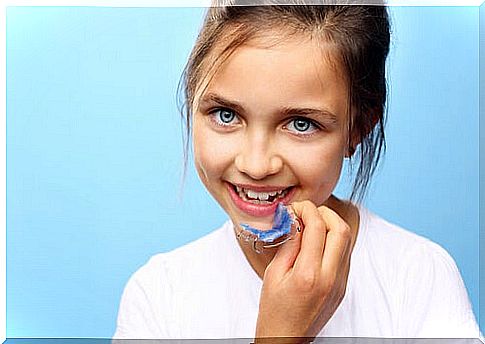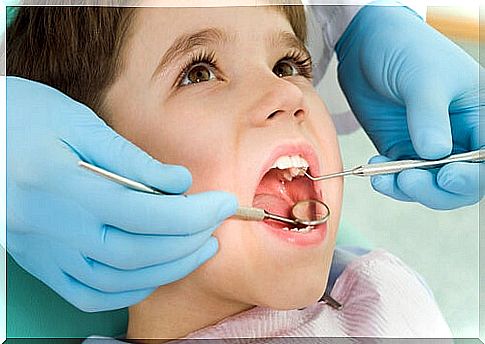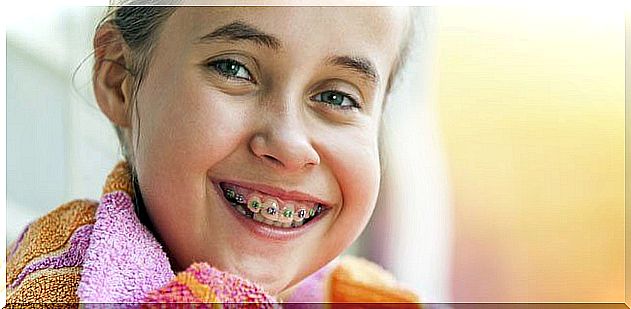How To Strengthen Children’s Self-esteem With Orthodontics

The face is the letter of introduction of the people. For children with orthodontics, aesthetics can be very important in their social relationships.
Most of the looks are concentrated on our face, since it is through the mouth and facial expressions that communication with others is achieved. For this reason, it does not matter how much value systems are instilled in children in which intelligence and kindness are the most valuable characteristics. During childhood, the beauty and harmony of the body are fundamental for relationships between human beings.
Appearance during childhood
In the case of children and adolescents, appearance is essential in the process of social adaptation. During this stage of life, many of the hurtful comments about physical appearance can cause trauma or complexes that are difficult to overcome, especially if it is repeated jokes.
It is not a novelty that many children who behave cruelly towards their peers – perhaps unconsciously – hence the relevance of identifying abuse in time today. Among other things, to avoid emotional scars that are difficult to fade. Acceptance of blemishes comes with age. Adults can even make jokes about the things they like least about their bodies.
The beauty is relative
There are general culturally established parameters of what is beautiful and what is not. However, tastes will always determine preferences. Although you cannot establish a hair color or height that will satisfy everyone, there are a kind of more or less common qualities to consider someone attractive. It’s about harmony, symmetry, and proportion. This also applies to children.

Orthodontics can strengthen children’s self-esteem
The teeth are part of the harmony of the face. A neat denture can dramatically change your appearance in a positive way. This has an impact on increasing self-esteem. That is, the possibilities of a successful socialization and the consolidation of a secure personality for the future.
Another emotional benefit of orthodontics for children is that they feel supported by their parents and family. During treatment, the support of those close to children with orthodontics is essential so that they do not feel different or strange.
Also the sense of belonging is beneficial. Many children and adolescents perform orthodontic treatments, so that the child feels part of a group. In addition, you can share experiences with other children who share the same circumstances.
How to start?
A first step may be the conversation between parents and children about the need for such treatment. It is also necessary to highlight the benefits it will bring you in the future. Parents should always keep in mind that, in addition to oral health problems, strengthening the self-esteem of children with orthodontics is a very valuable benefit. If the motivation comes from the child, the process will be much easier.
It is essential to choose a dentist with whom both parents and children feel comfortable. If you sympathize with the dentist, you can counteract the fear that many children have of this specialist.

How to feed children with orthodontics?
The use of the devices can generate some difficulties. Pain, sensitivity in the teeth, irritation in the internal part of the mouth and gums or discomfort when chewing are some examples of the problems that wearing orthodontics can cause. Therefore, once the treatment has started, it is necessary to control that the child consumes the amount of calories he needs. Despite the discomfort and inconvenience that the device may generate, it is advisable to follow a balanced diet:
- Meats. It is advisable to avoid bones and cartilage, selecting the softest parts. It is recommended to cut all meats into small pieces and that they are previously well cooked.
- Fruit. Grapes, watermelon, or soft fruits like cantaloupe can be eaten directly. However, tougher ones such as pears or apples must be cooked, baked or served pureed.
- Vegetables. The toughest ones such as carrots, beets or broccoli should preferably be eaten steamed.
- Desserts. Custards, puddings, jellies, and yogurts are smooth and do not cause discomfort. However, it is recommended to monitor the amounts of sugars in the daily diet, as they can cause cavities.
- Some hard or crunchy foods such as nuts, popcorn, hard raw vegetables, chewing gum or certain fried foods are contraindicated. It is preferable to avoid them while the treatment is continued.
Children and adolescents must consume the appropriate amounts of protein and carbohydrates necessary for their development. Therefore, the importance of having correct oral hygiene and good eating habits will allow them to have a much more bearable treatment.










